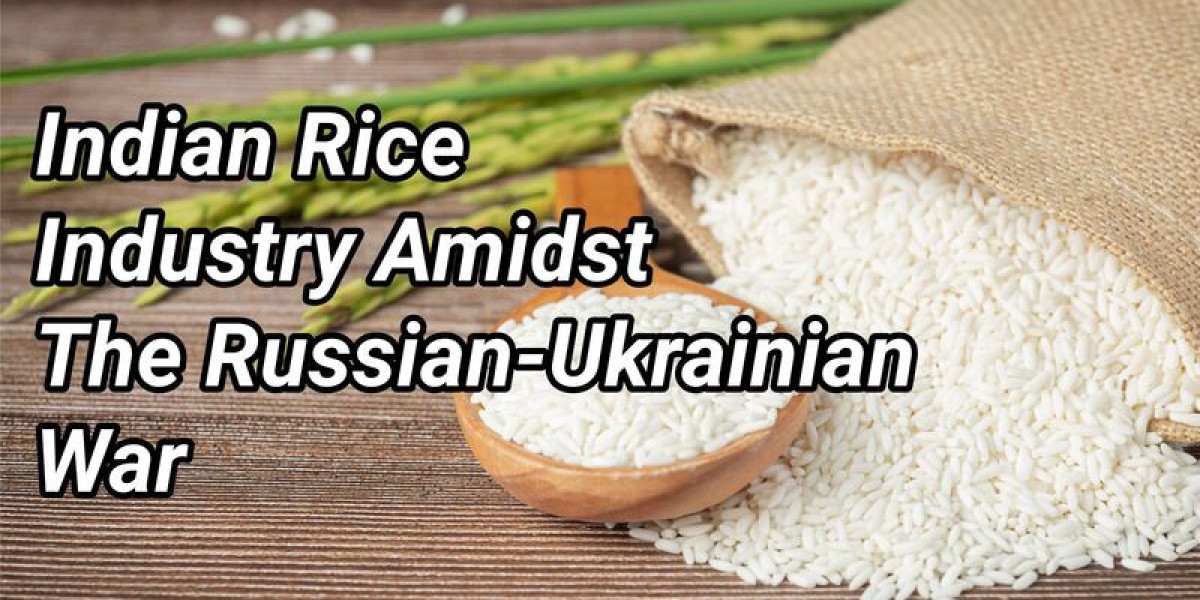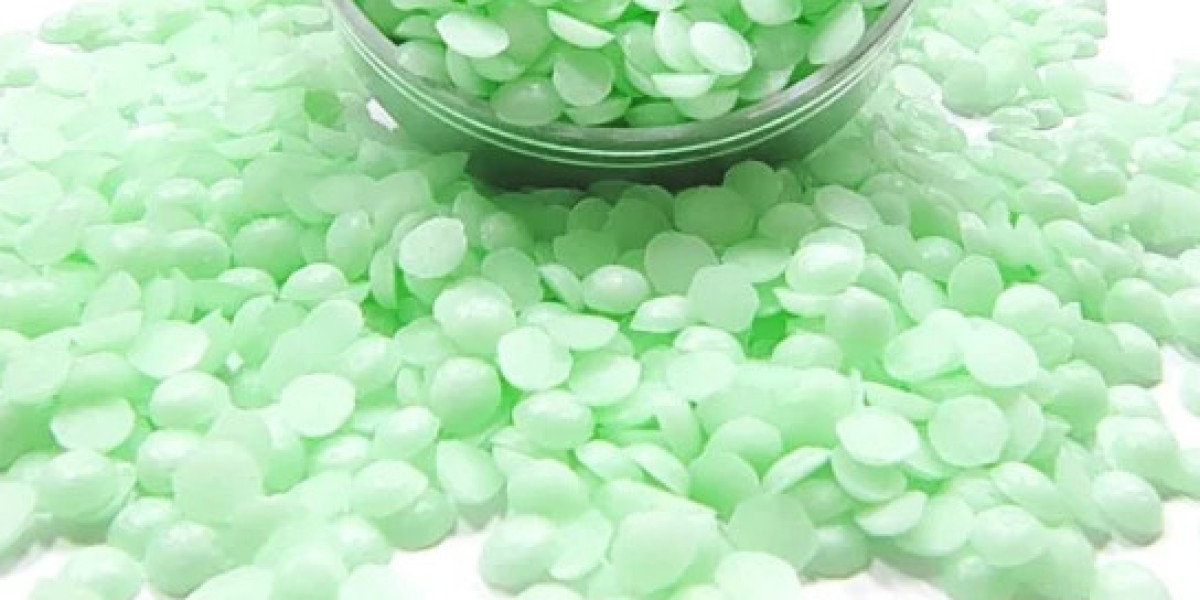Various countries have condemned the Russian invasion of the territory of Ukraine on all platforms. Stagflation soon is the economic consequence of the ongoing Russia-Ukraine conflict. The Russia-Ukraine struggle has set off unrest in the financial markets, dramatically increasing vulnerability about the recuperation of the economic world, which is just recovering from the stress of the pandemic. With every passing day, the world is shifting, and so are the dangers.
Russia and Ukraine hold a significant position as commodities producers worldwide, and interruptions have made global prices soar, especially oil and natural gas. Moreover, the conflict and the global food crisis emerging from it have made food and oil costs witness a meteoric rise, with wheat, for which Ukraine and Russia make up 30 per cent of global exports, as per record.
Due to the recent invasion, the wheat bowl of the world has been deeply impacted, with its repercussions seen in the world food market. Million and million tons of wheat and its fields stand the burns of the war. In addition, shipping in the Black Sea region is also interrupted and blocking the import and export of the region. It results in a considerable wheat shortage and high prices across the globe, eventually leading to a global food crisis with slower growth and faster inflation.
The latest commodity to get swept up in the turmoil of the war is rice. As a result, rice prices are surging high in the international markets, as the traders are betting it will serve as an alternative for wheat, which is becoming prohibitively expensive.
With soaring war, rice jumped as much as 4.2% to $16.89 per 100 pounds this March 2022, the highest since May 2020. The grain is also heading for an approx. 11% weekly gain, the most since 2018.
India’s 5% broken parboiled variety was quoted in the international market at $364 to $368 per tonne, down from its previous week’s $365-$369, on a weak rupee and higher supplies after the extension of the government’s plan of providing free food grains to poor people. Supplies are rising from the milling of the new season crop and the government releasing last year’s harvest.
This year, the government’s procurement may reach just about 250-lakh tonnes compared to last year’s 433-lakh tonnes, an all-time high. Therefore, if the government releases its procured stock in the open market to counter the high demand and price, its central pool stock will be lower than the buffered norm. Aggressive buying by private players and large low harvest are the factors leading to the government’s decision to replace 75% of the wheat supply with rice as FCI stares at more insufficient buffer stock.
The government officials estimate the requirement for NFSA( National Food Security Act), including PMGKAY (PM Garib Kalyan Ann Yojna) launched during the pandemic, and other welfare schemes would need 32 million tons of grain. Therefore, the government is looking up to rice to address the nation’s grain requirements and sustain the marginal buffer stock simultaneously.
Financial and trade sanctions imposed by the US, UK, EU, and other countries on Russia due to the current conflicts have opened up various avenues for Indian business organizations across multiple segments. As a result, Indian companies have received tremendous enquires for the products initially supplied to the world by the nations at war. And the Indian businesses are excited to explore the potential for Indian products in the international and Russian markets. For example, grains like wheat, followed by rice, fertilizers and palm oil, are experiencing enormous demands worldwide. In contrast, products ranging from coffee, oil, and detergents are in high demand in the Russian market.
The disrupted wheat supply has made rice shine as an alternative grain to feed the world. The global rice supplies are plentiful, with more significant exports from India, Sona Machinery the biggest exporter of rice mill machine, with world stockpiles forecast to move by 0.4 million tons.
This current situation is an opportunity for the rice industry, specifically Indian rice businesses, to shine bright in the international market by effectively concurring the food crisis by stepping up their yield.
Many rice milling units have installed locally fabricated unstandardized milling plants, leading to low productivity, high broken & unshelled paddy %age, and other rejections. On the other hand, installing semi/fully automatic plants with premium quality machines leads to sound quality, productivity and low rejections.
Advance technology, quality assurance systems, and management systems are crucial to success in the domestic and international market.
Source: https://www.sonamachinery.com/blog/6386f7709cb1b0ed73980241








